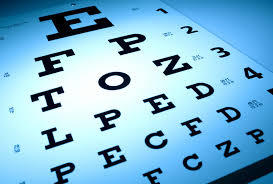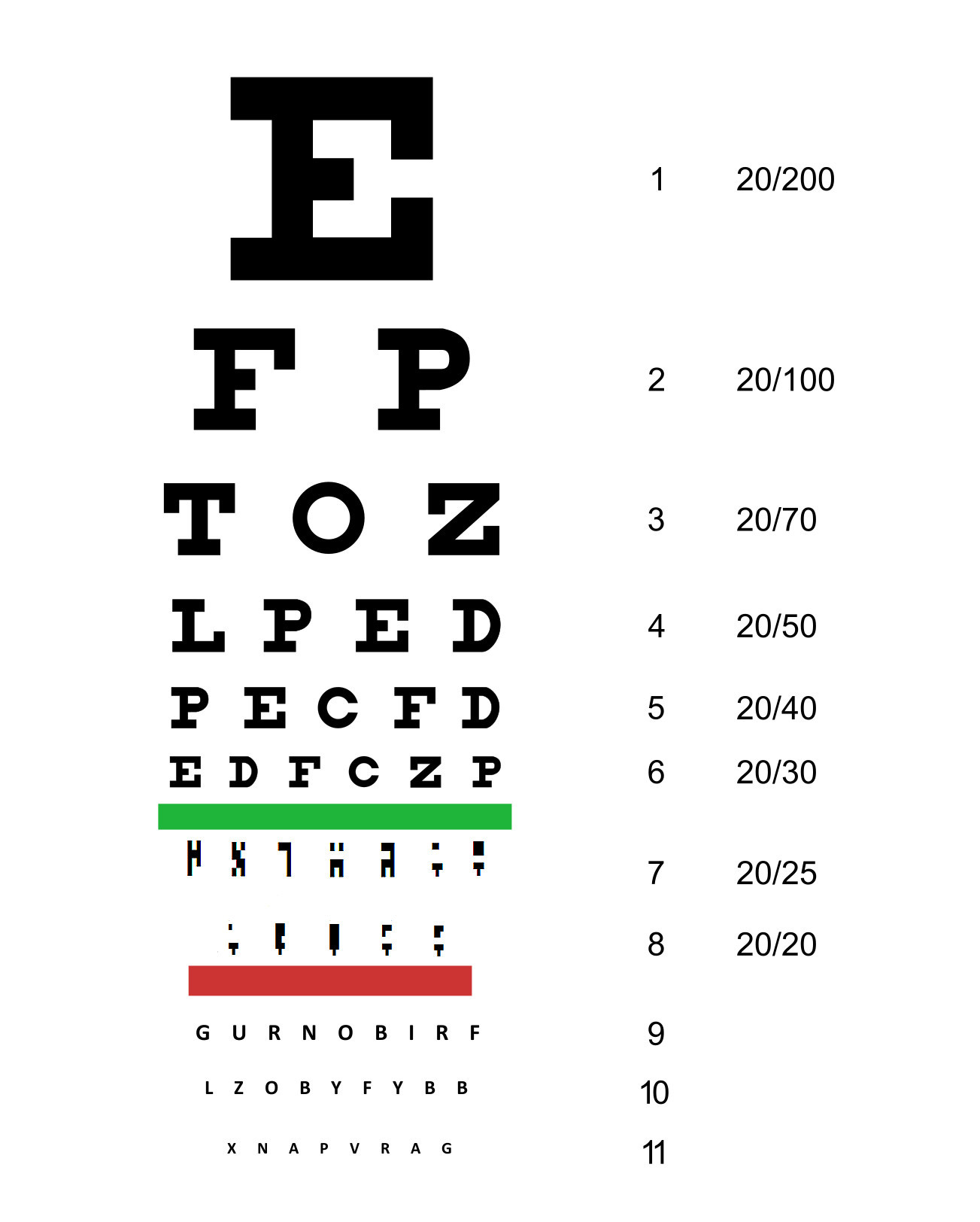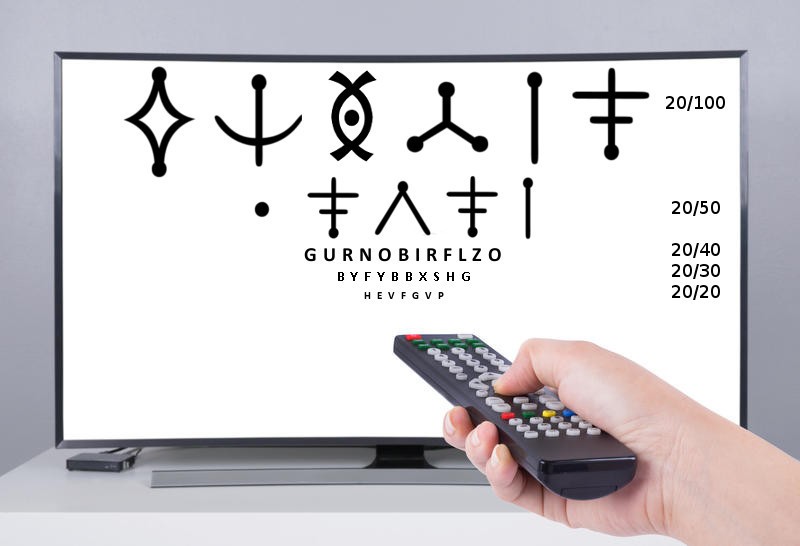
Welcome to the GEO-EYE SERIES!
This series consists of 45 puzzle caches. We incorporated various difficulty levels. All the caches that form the PUPIL of the eye (P1 to P6) will be the harder ones. The IRIS caches (I01 to I16) will be of intermediate difficulty, and the EYE outline (E01 to E23) will be easy ones.
And then to collect the smilies, we recommend high clearance vehicles. Especially during the rainy season, as the roads can get very muddy. But then again, that is part of all the fun!
Each puzzle will start with an eye fact, followed by the puzzle. There might be clues hidden in the eye fact :-)
EYE FACT
VA is an abbreviation for "visual acuity".
As you might imagine, complications arose in diagnosing eye problems and purchasing glasses in the 1700s. Not only did you have to ascertain the cause of the issue yourself, but you also had to find the right lenses to match your condition. Some vendors tried to provide assistance by scratching age-ranges into spectacles – leading to the misconception that everyone’s vision deteriorated at the same rate as they aged. However, in the mid-19th century, doctors came to realize that patients need varying levels of eye care. As a result, Dr. Franciscus Donders developed a concept for diagnosing vision issues – asking his colleague, Dr. Snellen, to create a chart for patients to look at and report what they saw.

Initially, Snellen printed a chart using various symbols and signs of disparate sizes. Though a reasonable idea in theory, the symbol-based chart wasn’t effective, as some people describe symbols differently to others – leading to varying results. After some research, Snellen decided that letters would be the best choice, and his chart became a roaring success.
The Snellen chart spread across Europe rapidly, with the first large order from the British Army coming in during 1863. As a simple solution to a complicated problem, the chart has remained popular as a cheap, and easy-to-use tool. Known to some as the big “E” test, the Snellen chart earned the name because it usually featured an “E” as the initial letter, following from the original design. Snellen also created a test for illiterate individuals which used a rotating “E”.
The resulting accomplishment was a way for eye care providers to express the sharpness of an individual’s vision in the form of a fraction. Although they are the standard today, Snellen’s tests were not the first, or the last. Before Snellen, Heinrich Kuechler invented a chart in 1843, and after Snellen, several charts emerged based on his fraction system. The newest charts are now electronic.
*The cache is not hidden at the posted coordinates. To obtain the final coordinates, you will have to solve the puzzle*



You can validate your puzzle solution with certitude.
